AI’s growth is colliding with Earth’s water crisis.

Training the massive AI models that power everything from chatbots to image generators doesn’t just require computing power, it also consumes staggering amounts of water. Data centers rely on water-intensive cooling systems to keep servers from overheating, often pulling from municipal supplies in drought-prone areas. In recent years, researchers have begun quantifying just how thirsty AI has become, and the numbers are unsettling. The race to advance artificial intelligence is pushing tech giants into direct conflict with one of humanity’s most essential and vulnerable resources, leaving a pressing question of how sustainable this technology really is.
1. Training AI models drains millions of gallons of water.
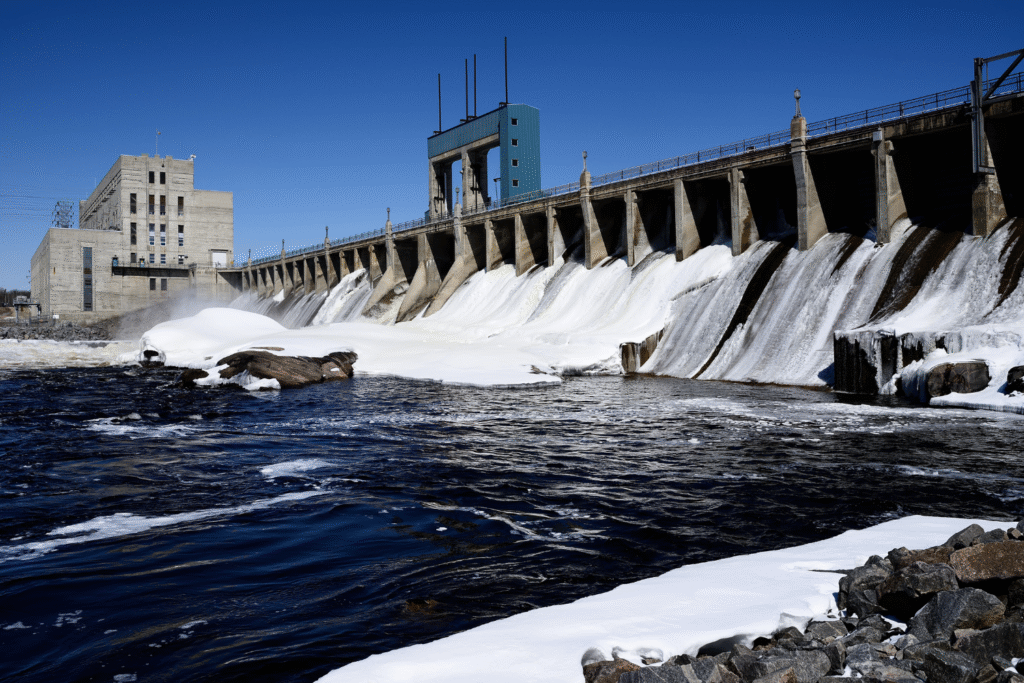
Researchers from the University of California, Riverside found in 2023 that training GPT-3, a large AI model, required an estimated 700,000 liters of water to cool the servers during its development. That’s enough to produce hundreds of cars or thousands of pounds of food. The finding jolted public awareness about AI’s hidden costs, showing that the invisible labor of machines is tethered directly to physical resources. According to the study, the bigger the model, the more water is quietly consumed in the background, raising red flags for sustainability.
2. Water use spikes in regions already facing scarcity.

It’s not just how much water AI consumes, but where it does it. Data centers for major tech companies have been built in states like Arizona and New Mexico, where drought conditions already put communities under strain. Cooling systems there often rely on public water sources, creating competition between essential human needs and server demands. This geographical clash has intensified scrutiny, as reported by The New York Times. In areas where water conservation is a daily struggle, seeing it diverted to power chatbots and algorithms is fueling growing tension.
3. Google’s water footprint has been under close watch.
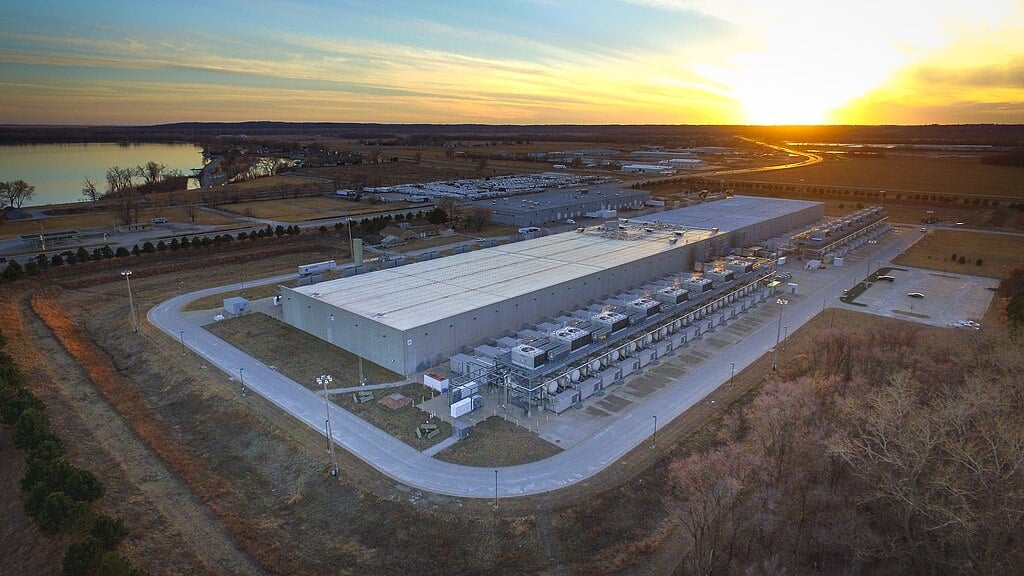
In 2022, Google disclosed that its data centers used billions of liters of water annually for cooling, with some individual facilities consuming millions per day. The company has promised to replenish more water than it uses by 2030, but critics argue progress is too slow and transparency is thin. As stated by the company’s own environmental reports, water usage rose sharply as demand for AI computing accelerated. This disclosure confirmed what many suspected—that innovation in artificial intelligence comes with a price that ripples far beyond tech labs.
4. Cooling methods dictate how deep the impact runs.
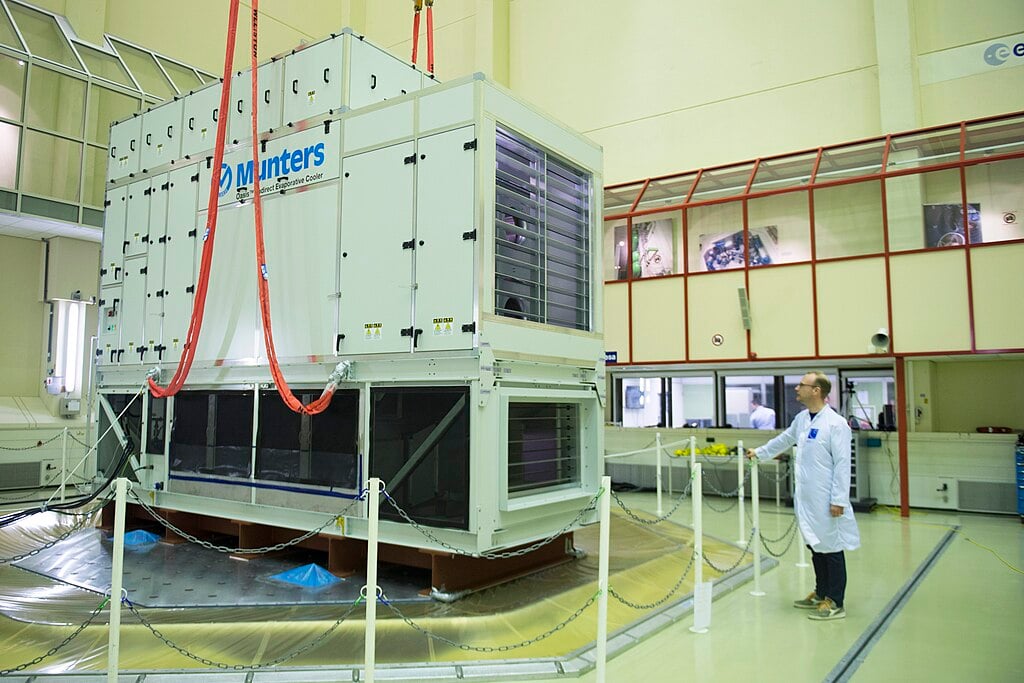
Most data centers rely on evaporative cooling, which is efficient but extremely water-intensive. Others use air cooling, which saves water but consumes more electricity, leading to higher carbon emissions. Some facilities are experimenting with liquid immersion cooling that submerges servers in non-water coolants, potentially reducing both energy and water use. Each approach has trade-offs, and no one-size-fits-all solution has emerged. Decisions about cooling are shaping whether the future of AI tilts toward sustainability or scarcity.
5. Microsoft’s expansion brought water disputes to the surface.

When Microsoft built new data centers in West Des Moines, Iowa, locals began questioning why a tech company should draw heavily from municipal water supplies while residents were urged to conserve. The controversy reflected a growing unease about who gets priority when water is scarce. Although the company has pledged carbon and water neutrality goals, the sheer scale of its cloud infrastructure means its footprint is unavoidable. These debates highlight how AI’s rapid growth is forcing local communities to confront trade-offs they never expected.
6. Energy and water costs collide in unexpected ways.
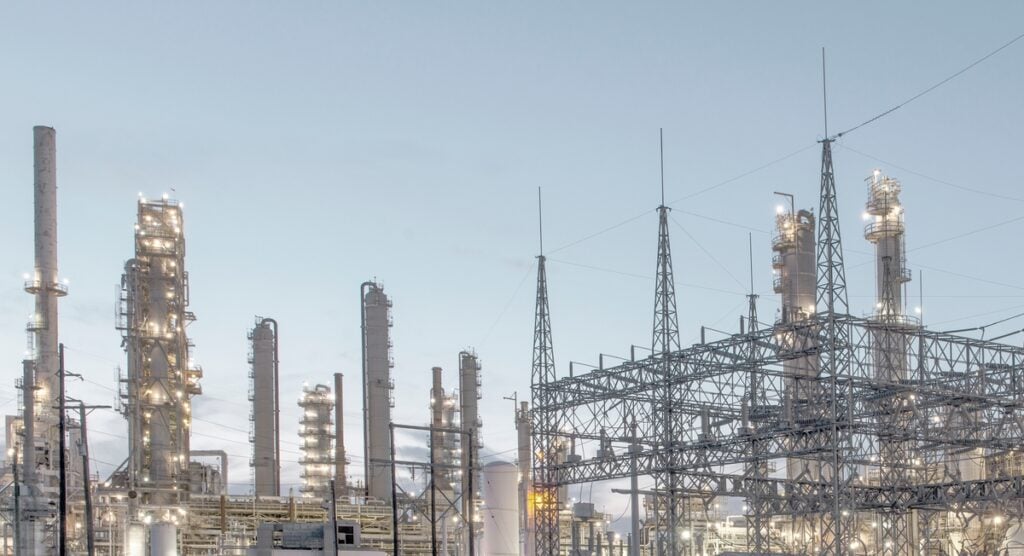
Shifting to air-based cooling reduces water stress but increases electricity demand, which in turn heightens strain on power grids. That energy often comes from fossil fuels, pushing emissions higher. Water savings, then, can create climate costs elsewhere. This delicate balance makes every decision about data center design part of a larger environmental puzzle. The resource trade-offs show that solving one crisis often risks worsening another, a reminder of how interconnected sustainability truly is.
7. Some companies are turning to recycled wastewater.
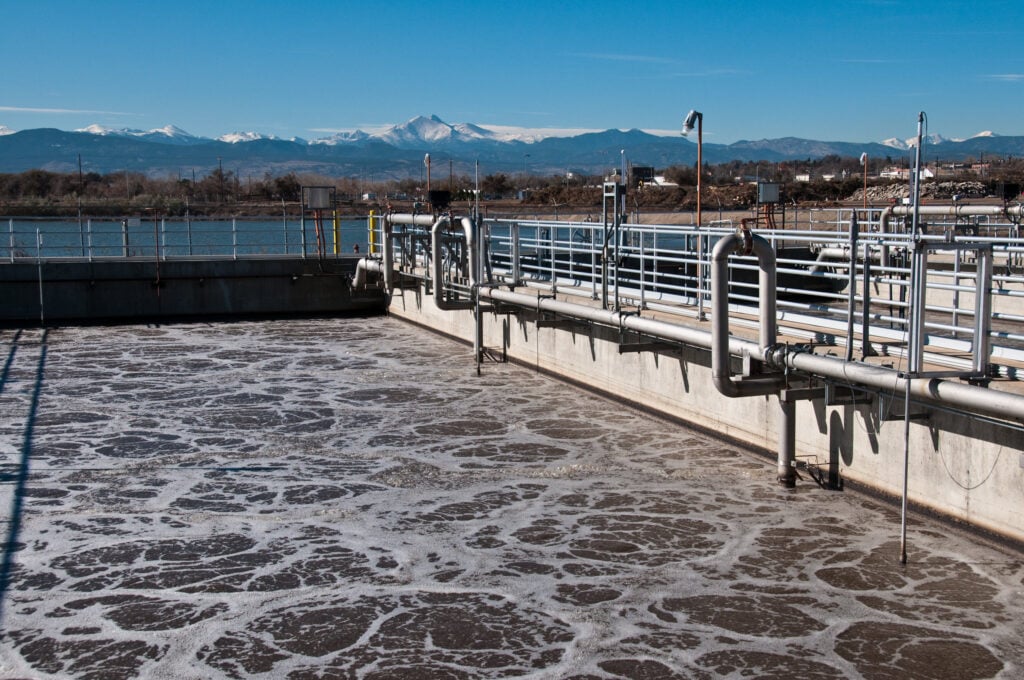
A few facilities are experimenting with using treated wastewater instead of drinking supplies. This innovation reduces direct competition with communities while still providing cooling capacity. In Oregon, for example, municipal partnerships have allowed data centers to rely on recycled water pipelines. Such strategies demonstrate that technological fixes exist, though they depend heavily on local infrastructure and political will. It’s not a universal solution, but it does point toward ways of reducing conflict while still meeting computing demand.
8. AI demand is pushing growth at a breakneck pace.
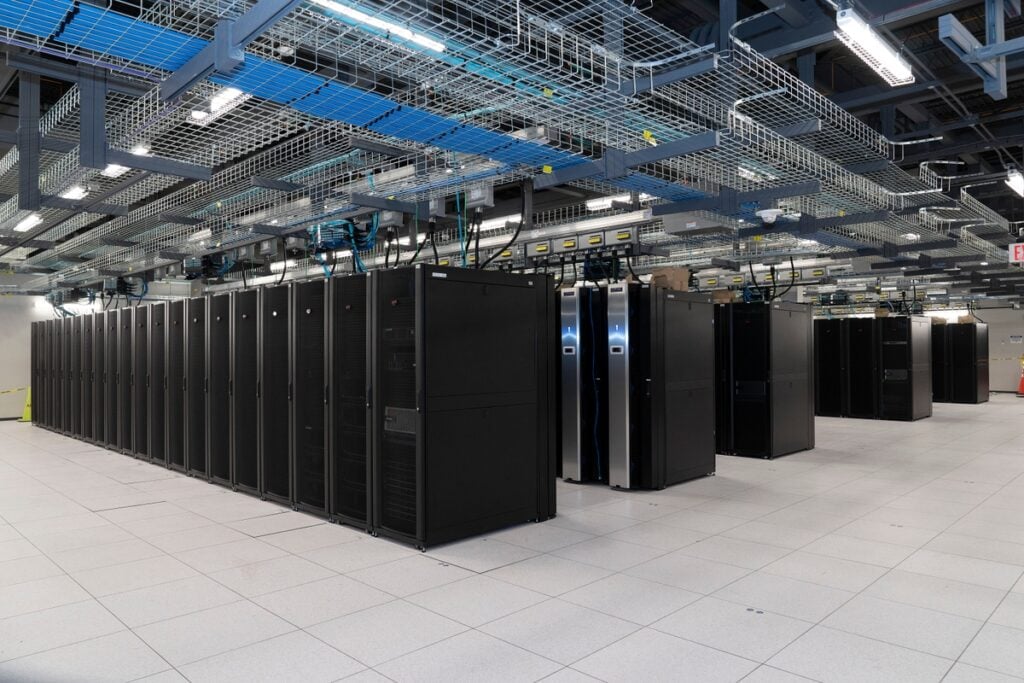
With every new product launch, demand for AI-driven services multiplies, and that demand translates directly into more water-hungry data centers. Industry analysts predict the global buildout of facilities will continue accelerating over the next decade, potentially doubling or tripling current usage. The speed of expansion risks outpacing any sustainability pledges already on the table. Growth is the one constant in this equation, and it rarely pauses to consider environmental side effects.
9. Regulations are lagging behind rising consumption.

Governments have been slow to regulate water usage in the tech industry, leaving companies largely in control of self-reporting. Few binding standards exist to force reductions, and most corporate pledges are voluntary. The absence of oversight makes it difficult for local communities to hold corporations accountable. This regulatory gap means the responsibility for change rests heavily on the companies themselves, even as public pressure grows.
10. The future hinges on whether innovation matches urgency.
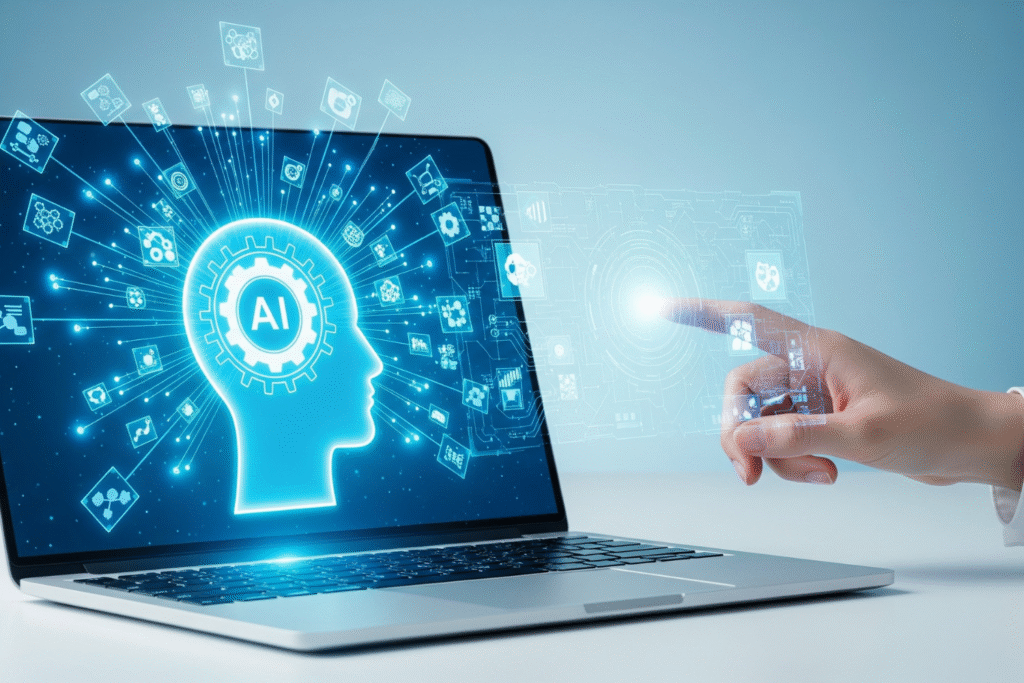
The question is not whether AI will keep growing—it will—but whether its development can be reconciled with a planet already straining under water stress. Solutions exist, but they demand urgency, investment, and a willingness to prioritize long-term stability over short-term profit. If innovation can be harnessed to reduce consumption as aggressively as it expands capability, AI might still prove compatible with environmental survival. Without that balance, though, the thirst of artificial intelligence risks becoming one of its greatest flaws.
